15 DIY Science Experiments From The ’60s That Would Be Absolutely Illegal In Schools Today
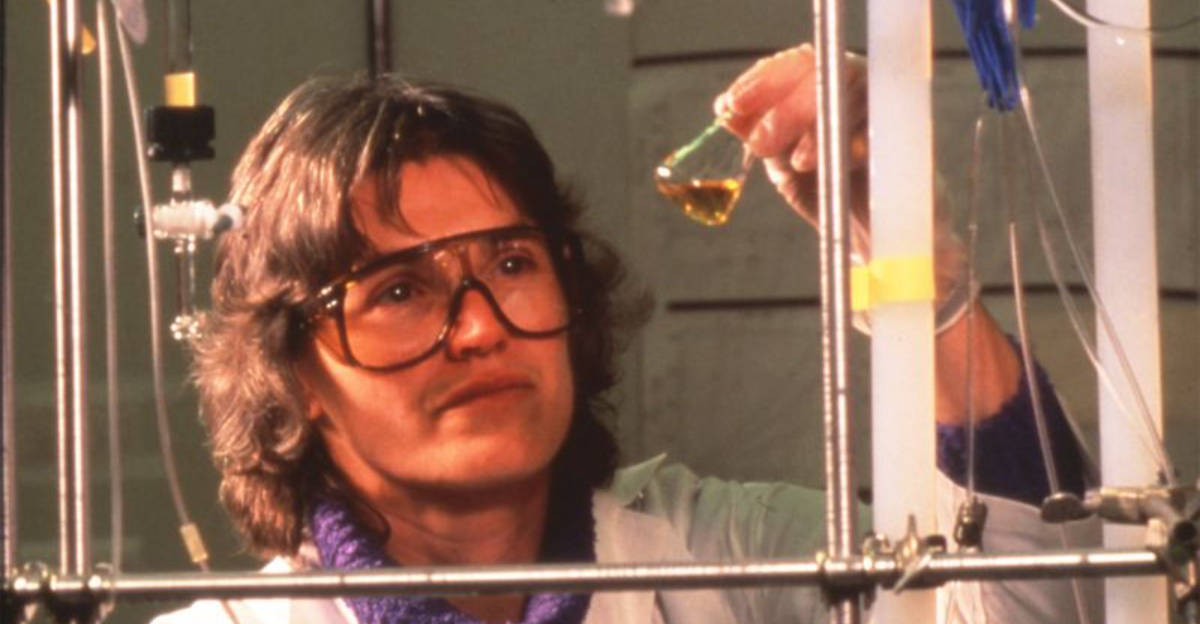
Back in the swinging ’60s, school science labs were like the Wild West—unpredictable, thrilling, and definitely not OSHA-approved. My dad used to tell me stories that sounded more like scenes from a mad scientist movie than anything you’d expect in a classroom.
There was a fearless sense of curiosity back then, often accompanied by very little adult supervision. Chemistry sets sold in stores came with real radioactive materials, and high school biology class involved dissecting animals and handling strong acids—all without gloves, goggles, or much concern for safety. It was a time when learning was hands-on, sometimes dangerously so.
Accidents happened, sure, but so did unforgettable lessons. Today, such experiments would be shut down instantly, and for good reason—but there’s something oddly nostalgic about that era of fearless exploration.
So let’s take a slightly terrifying, yet fascinating trip down memory lane to revisit 15 science experiments that would make modern school administrators break out in a cold sweat.
1. Uranium Ore Rock Collections
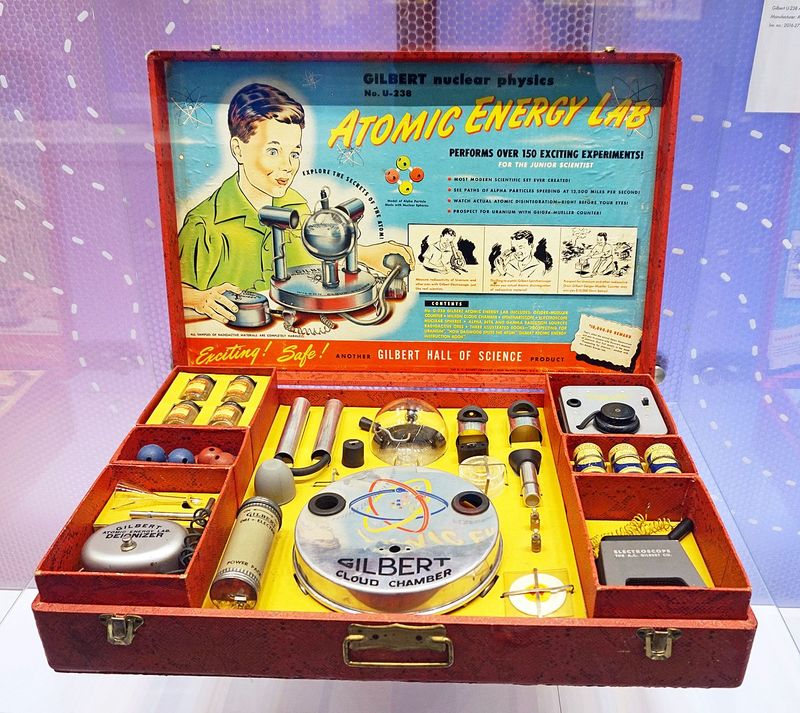
Holding a chunk of genuine uranium in my 7th-grade palm remains one of my most vivid childhood memories. Science supply companies in the ’60s sold actual uranium ore samples to schools without batting an eye! Kids would pass these radioactive rocks around, examining their fascinating properties while unwittingly exposing themselves to ionizing radiation.
Teachers encouraged students to take the samples home to use with their personal Geiger counters. We’d compete to see whose rock made the counter click faster! The mild radiation exposure was considered educational rather than hazardous.
Modern schools wouldn’t dream of letting children handle radioactive materials, but back then, it was just another Tuesday in science class. The slight warm feeling in my hand as I held that glowing green rock felt like pure scientific magic!
2. Mercury Playground
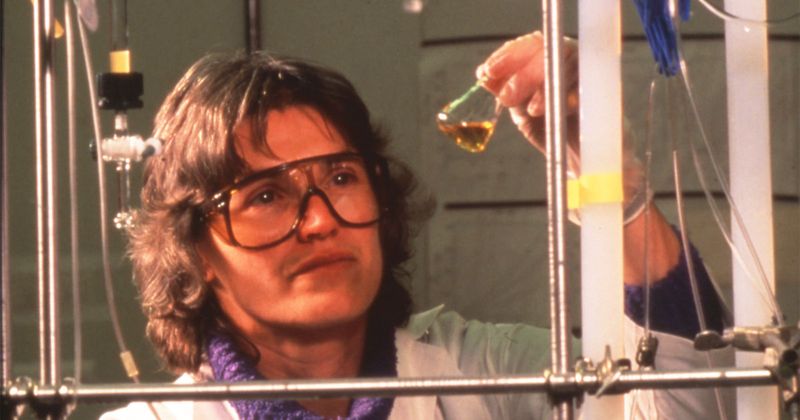
Quicksilver madness ruled our science classes! My science teacher Mr. Peterson would pour pounds of liquid mercury into shallow trays, inviting us to stick our bare hands in and play with the fascinating silver substance. The way it broke into little balls that would merge back together seemed like sorcery to our young minds.
We’d scoop it up, let it roll across our palms, and even compete to see who could shape it into the most perfect sphere. Some brave souls would dip pencils in it, watching the metal climb up the wood through capillary action.
Nobody worried about mercury’s neurotoxic properties or how it could be absorbed through skin. The shimmering puddles of poisonous metal were simply too fascinating to resist! I still remember the unique cool sensation against my fingers—a tactile memory that came with unknown health consequences.
3. Backyard Rocket Fuel Mixing
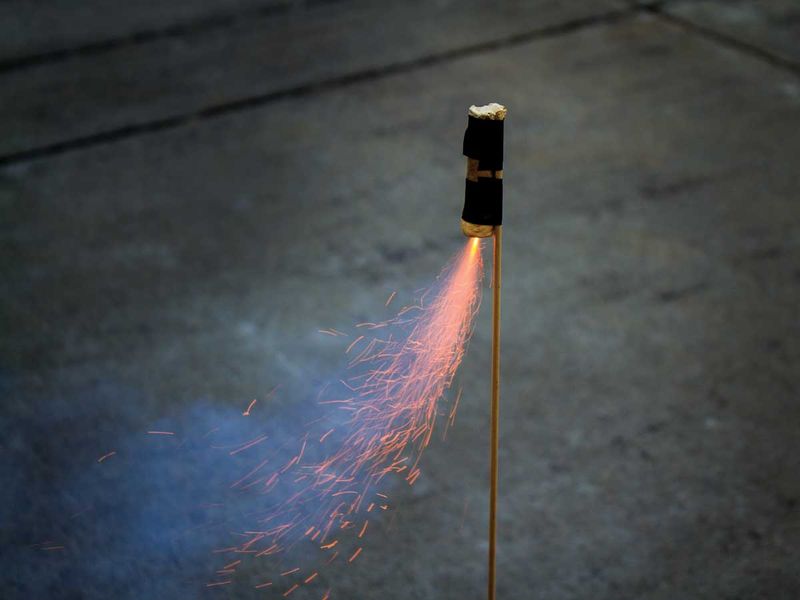
Rocket science wasn’t just for NASA in the ’60s! Our chemistry teacher taught us to mix potassium nitrate (saltpeter) with sugar to create homemade solid rocket fuel. The concoction would propel our handcrafted cardboard rockets hundreds of feet into the air—when it didn’t explode prematurely, that is!
We’d gather behind the school, cooking our volatile mixtures over Bunsen burners until they caramelized into perfect rocket propellant. The burns on my fingertips were badges of honor in our amateur astronaut club.
Parents actually encouraged these pyrotechnic adventures, seeing them as potential pathways to engineering careers. Today, mixing explosive compounds would land students in serious trouble, but back then, it was considered applied chemistry. The smell of singed eyebrows and melted sugar was the sweet perfume of scientific discovery!
4. Chlorine Gas Production
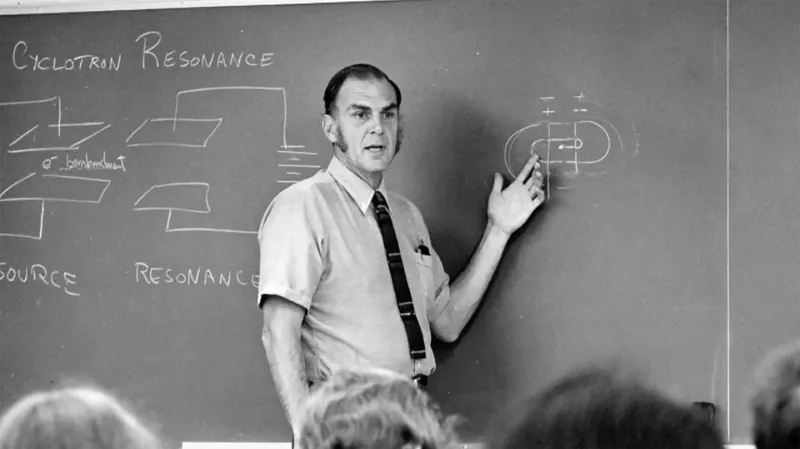
Chemical warfare demonstrations happened right in our high school lab! My chemistry teacher, a WWII veteran with a flair for the dramatic, showed us how to generate chlorine gas by mixing household bleach with vinegar or ammonia. “This is similar to what they used in the trenches,” he’d say with unsettling enthusiasm.
Yellow-green clouds would fill special glass chambers as we observed from a supposedly safe distance. Sometimes the ventilation couldn’t quite keep up, leaving us coughing and our eyes watering. Those burning lungs were just part of the educational experience!
No permission slips were required for these toxic gas demonstrations. We’d write observations in our notebooks while breathing in trace amounts of the same chemical weapon that had killed soldiers on European battlefields. The casual approach to potentially lethal chemistry experiments reflected a bygone era when hands-on meant truly dangerous.
5. Lead Casting and Melting
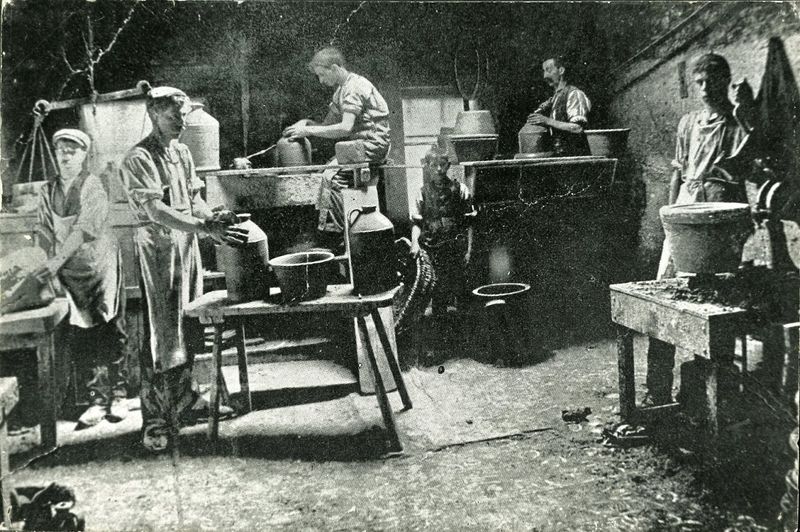
Molten metal madness was a regular Tuesday activity! Armed with only safety glasses (if we remembered them), we’d melt lead fishing weights and old toy soldiers in iron crucibles heated to scorching temperatures. The silvery liquid metal would bubble and shine before we poured it into molds to create paperweights, medallions, and other trinkets.
Our art teacher encouraged this heavy metal creativity, unaware of the toxic fumes we inhaled with every breath. I still have the lead paperweight I made in 8th grade—a toxic keepsake from simpler times.
The lack of ventilation in those old classrooms meant we absorbed plenty of neurotoxic lead vapor. Parents proudly displayed our poisonous creations on mantels and desks, completely oblivious to the health hazards. Today, the mere presence of lead paint in school buildings causes panic, but we were literally playing with the pure molten element!
6. Explosive Chemical Volcano Demonstrations
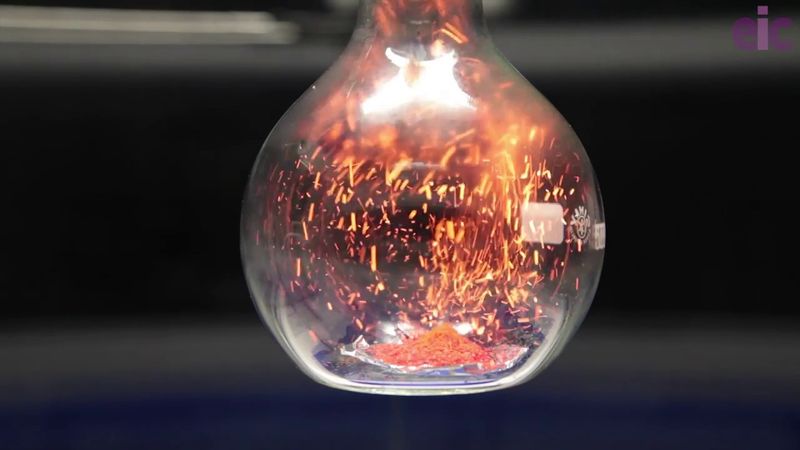
Forget baking soda and vinegar—real science teachers used ammonium dichromate! When our chemistry teacher wanted to demonstrate volcanic eruptions, he’d pile this orange crystalline compound on the demonstration table and ignite it with a match. The resulting reaction was spectacular and terrifying.
Fiery sparks would shoot several feet into the air as the chemical transformed into chromium oxide, creating a growing green mound that resembled flowing lava. The smoke-filled classroom and shower of hot particles were just part of the educational ambiance.
No one mentioned that ammonium dichromate is highly toxic and carcinogenic. We’d gather around as close as possible, breathing in the chromium-laden smoke, amazed by the miniature eruption. Some flecks would land on our clothes, burning tiny holes—battle scars from our encounter with chemistry’s more dramatic side. The cancer risk was an unmentioned bonus lesson!
7. Radioactive Cloud Chambers
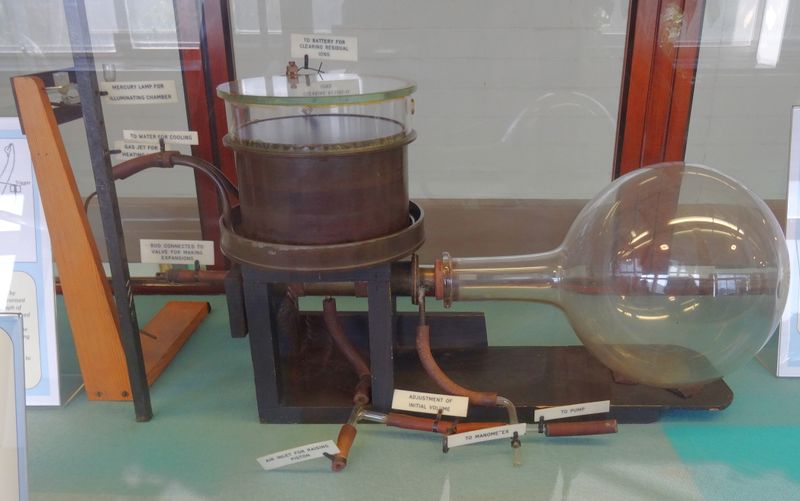
Visualizing radiation became our rainy day activity! Our physics teacher constructed cloud chambers using dry ice, alcohol, and—the pièce de résistance—actual radioactive materials borrowed from the medical department. We’d huddle around these contraptions, watching in awe as alpha and beta particles created visible trails in the supersaturated vapor.
Sometimes we’d place different radioactive sources inside: radium from old clock dials, thorium from gas lantern mantles, or even uranium samples. The more radiation, the more spectacular the visual effect!
The concept of radiation safety consisted of: “Don’t lick the samples, kids!” We’d take turns holding the radioactive materials, feeling important as we handled substances that were quietly bombarding our cells with ionizing radiation. Decades before nuclear power plant workers would don protective suits for such exposure, we treated these radioactive elements like fascinating toys.
8. DIY X-Ray Machines
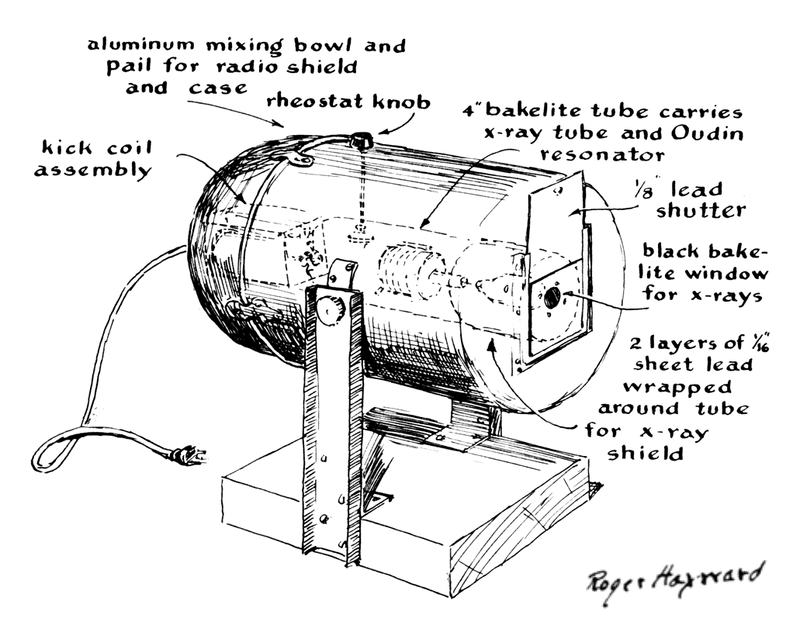
Homemade medical imaging devices were the crown jewel of science fairs! My friend Tommy won first prize in 1966 for constructing a working X-ray machine using old television tubes, a transformer from a neon sign, and some photographic plates. It actually produced images of small objects—and quite a bit of unshielded radiation!
Students would gather around as he demonstrated how to photograph the bones in his hand. The distinctive smell of ozone filled the air while invisible radiation penetrated our curious bodies.
Teachers praised the ingenuity without concern for the radiation exposure. Parents beamed with pride as their children operated devices that today would trigger an emergency response from multiple federal agencies. The school principal even had Tommy bring the machine to his office to X-ray his pocket watch! Those ghostly images of internal structures seemed worth any amount of radiation—or so we innocently believed.
9. Nitric Acid Etching Without Protection
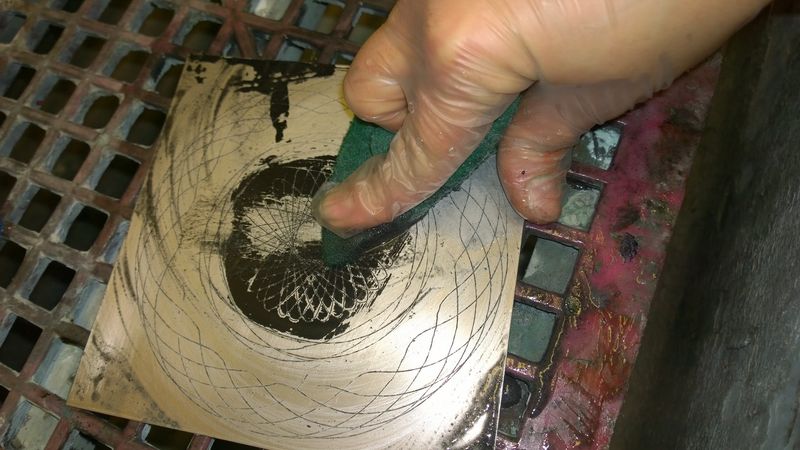
Chemical burns were considered learning opportunities in my art class! We created etched metal plates using concentrated nitric acid without gloves, face shields, or proper ventilation. The yellow-brown fumes would rise from the acid bath as we dipped copper and zinc plates to create printmaking matrices.
Our art teacher, Ms. Wilkins, would casually warn, “Try not to breathe directly over it, kids,” as if the caustic vapors were merely an unpleasant smell rather than lung-damaging acid. The distinctive yellow stains on our fingers were like temporary tattoos marking us as serious artists.
The occasional splash that burned through clothing or left a red mark on skin was treated with a quick rinse at the sink. “That’ll toughen you up!” was the standard response to any acid-related injury. We worked with chemicals that could dissolve metal while wearing nothing more protective than our everyday clothes—an unimaginable scenario in today’s carefully regulated classrooms.
10. Sodium Metal Water Explosions

Chemistry class became a demolition derby when our teacher introduced us to alkali metals! Mr. Richardson would slice off chunks of pure sodium metal—stored under kerosene to prevent it from reacting with air—and toss them into a bucket of water in the schoolyard. The resulting explosions were spectacular, sending water geysers several feet high amid bright yellow flames.
For special occasions, he’d use potassium or even rubidium, which created even more violent reactions. We’d form a circle around the demonstration area, standing just far enough away to avoid the worst of the splash zone—though getting wet was part of the fun!
Nobody worried about flying debris or chemical burns. The more dramatic the reaction, the better the lesson! Sometimes smaller pieces were handed out so we could conduct our own miniature explosions. Today’s students watch these reactions on YouTube, but we experienced the heat, sound, and startling power of these dangerous chemical demonstrations firsthand.
11. Asbestos Hand Warming Experiments
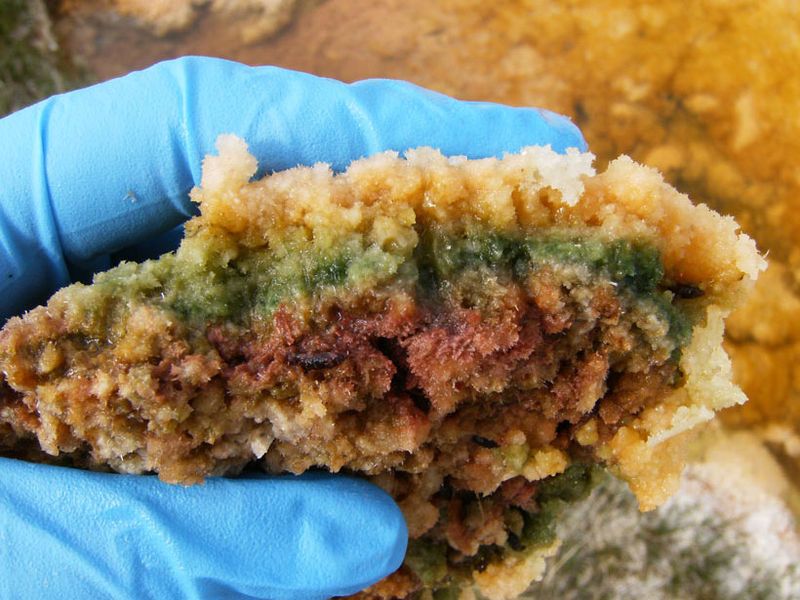
Fire-resistant miracle fibers fascinated us all! Our science teacher passed around raw asbestos samples, encouraging us to feel their silky texture and remarkable heat resistance. The highlight was pressing the fibrous material against heated metal and holding it in our bare hands, marveling at how it blocked the heat transfer.
We’d weave the fibers into small pads, creating our own heat-resistant mats for hot beakers. Some industrious students even took asbestos home to make improvised pot holders for their mothers—a carcinogenic gift that kept on giving!
Nobody mentioned mesothelioma or lung cancer back then. The tiny fibers we released when handling these samples would float invisibly in classroom air, settling into young lungs with potentially deadly consequences decades later. What seemed like innocent exploration of material science carried hidden costs that wouldn’t become apparent until many former students reached middle age. Those fluffy white fibers seemed so harmless at the time!
12. Electrolysis With Household Current
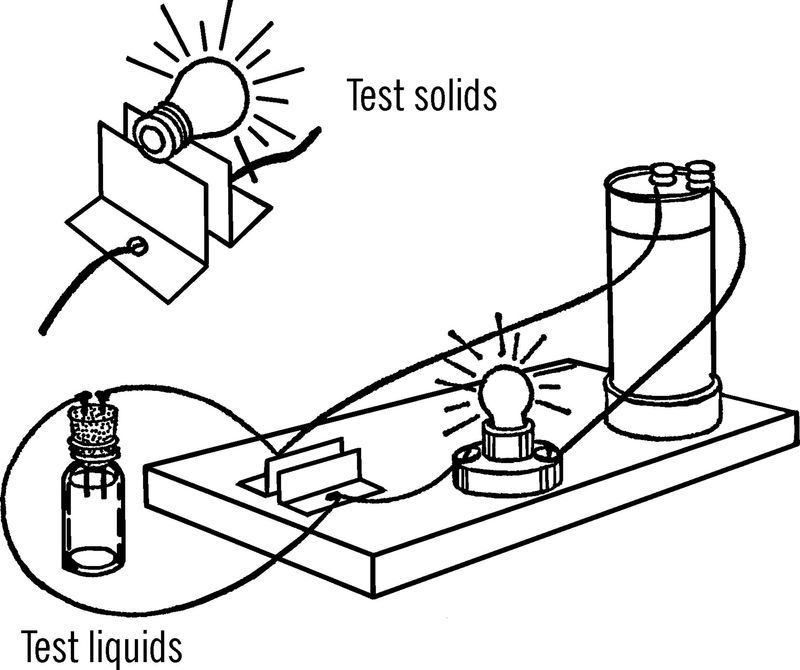
Shocking science took on a literal meaning when we studied electrolysis! Our teacher would set up decomposition experiments using water, salt solutions, or copper sulfate connected directly to wall outlets through modified extension cords. No safety transformers or current limiters—just 120 volts of household electricity flowing through conductive liquids inches from our curious fingers.
We’d crowd around metal electrodes dipped in beakers, watching oxygen and hydrogen bubble up or metals plate out while standing in puddles of spilled water. The occasional spark or pop when wires touched was part of the excitement!
Some adventurous students would touch the solutions during experiments to feel the mild tingle of electricity—a practice tacitly permitted as long as no one got hurt badly enough to complain. Our teacher’s safety briefing consisted entirely of “Don’t be stupid,” a vague guideline that left considerable room for interpretation. The combination of water, electricity, and minimal supervision created a learning environment that was as dangerous as it was memorable.
13. Benzene As Everyday Solvent
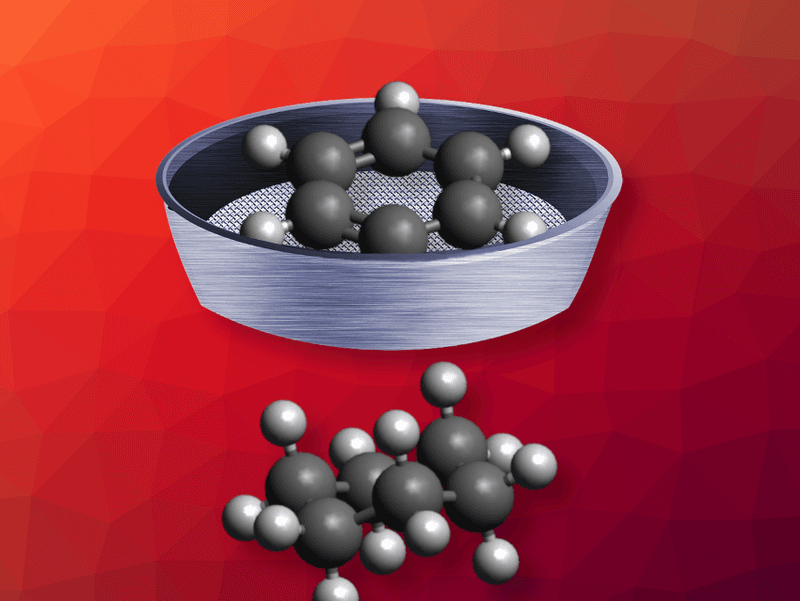
Cancer-causing chemicals doubled as cleaning supplies in our lab! Benzene, now recognized as a potent carcinogen, was our go-to solvent for cleaning glassware, removing stubborn stains, and conducting organic chemistry experiments. We’d pour it liberally, often splashing it on our skin or clothes without concern.
Our teacher kept a large bottle accessible on the supply shelf, encouraging us to use it whenever something needed degreasing. “It evaporates quickly and leaves no residue!” he’d enthusiastically point out, as if that were its only notable property.
The sweet smell became associated with successful lab work, and we’d leave class with that distinctive aroma clinging to our clothes and skin. Nobody mentioned leukemia risks or provided gloves. Some students even used it to remove ink stains from their hands or clothes! The casual handling of this dangerous chemical reflected a time before comprehensive hazard labeling, when the convenience of a substance outweighed concerns about its long-term health effects.
14. Thermite Reactions On School Property
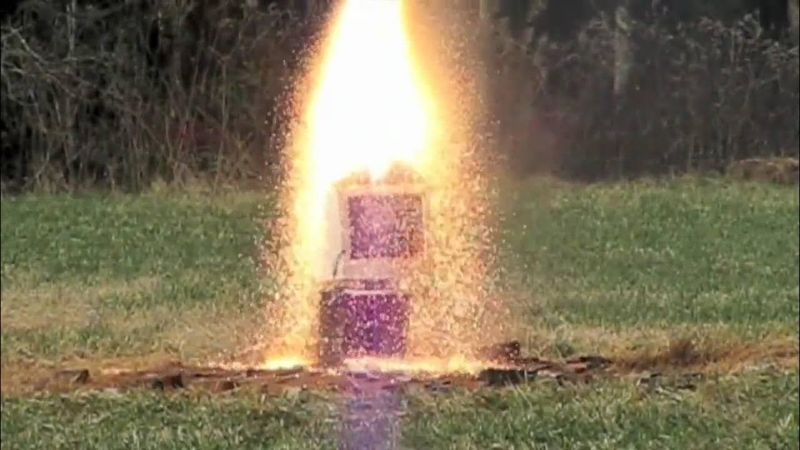
Metal-melting mayhem was a chemistry class favorite! Our teacher demonstrated thermite reactions—a mixture of iron oxide (rust) and aluminum powder that, when ignited, produces temperatures hot enough to melt through metal. These weren’t small demonstrations either; we’re talking substantial amounts capable of melting through car engines.
For our end-of-year spectacle, Mr. Hoffman would place a thermite-filled flowerpot on top of an old car hood in the school parking lot. When ignited with a magnesium fuse, the resulting reaction would create a shower of molten iron that burned straight through the metal beneath.
We’d stand in a circle, shielding our eyes from the blinding light but otherwise completely unprotected from the 4,000-degree molten metal. Sometimes hot fragments would land on the asphalt near our feet, leaving permanent scorch marks. The school principal would actually come out to watch this unauthorized metallurgical demonstration, apparently unconcerned about property damage or potential student injuries!
15. Ether And Chloroform Anesthesia Demonstrations
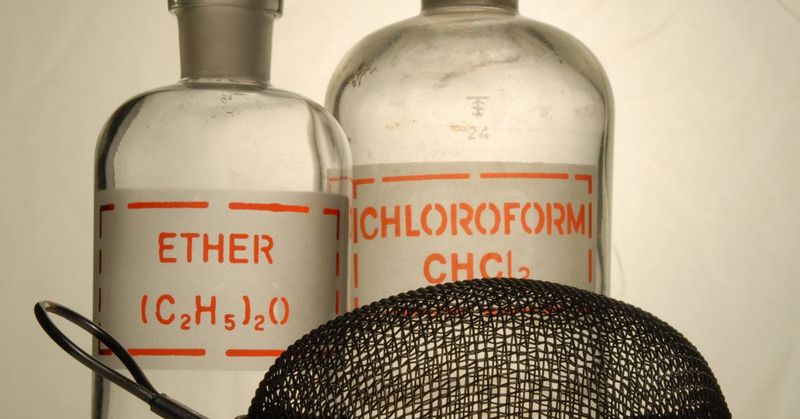
Knocking classmates unconscious was considered educational entertainment! Our biology teacher brought actual anesthetic chemicals—ether and chloroform—to demonstrate how surgical anesthesia worked. Volunteer students (usually the brave troublemakers) would inhale small amounts from cotton balls while classmates timed how long it took for them to become dizzy or briefly lose consciousness.
The sickly sweet smell would permeate the classroom as we learned about the nervous system through direct chemical manipulation. No parental permission forms or medical supervision required—just teenagers experimenting with controlled substances under minimal guidance.
Mr. Harrison would casually mention that too much could stop breathing, but that didn’t stop us from being fascinated by these powerful chemicals. Some students reported strange dreams or hallucinations before they “went under.” The highly flammable nature of ether wasn’t emphasized either, despite our lab being full of Bunsen burners. Looking back, it’s miraculous we survived these casual encounters with substances now strictly controlled even in medical settings!
